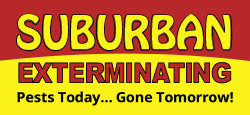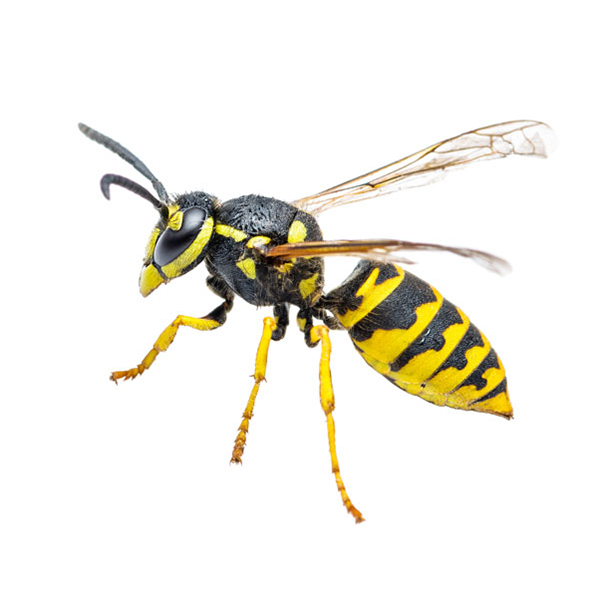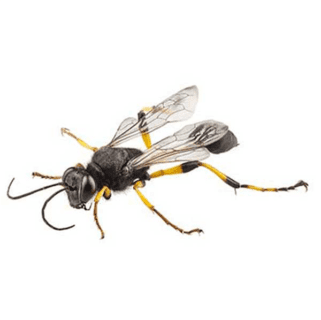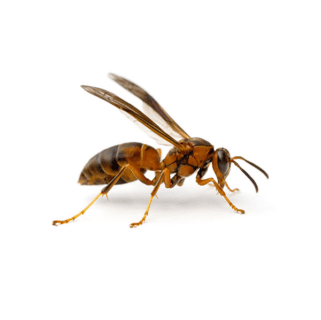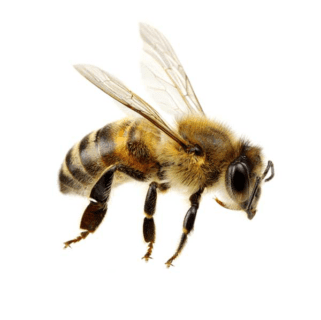Yellow Jackets in Suffolk County & Nassau County
Found throughout the United States, yellowjackets are the most infamous wasps. These beneficial wasps live in colonies with thousands of individuals and would be a lesser threat to humans were it not for their opportunistic behavior of nesting in structural voids, attics, and cavities associated with landscaping features. Adult yellowjackets feed mainly on fruit juices and other sweet liquid materials, whereas their larvae are fed bits of soft-bodied insects like caterpillars and flies. These wasps are known to become more aggressive in the late fall and early fall months.
Yellowjacket Habitat
Yellowjackets can be divided into ground nesters, which frequently use old rodent burrows and aerial nesters. Above-ground nests are found among the leafy branches of trees and shrubs and also on structures. Occasionally, the nest may be constructed on the side of a building, in wall voids, under eaves, crawlspaces, and attics. The entrance of the nest is normally a hole located at the bottom. These aerial nesters don’t become scavengers in the fall, but they are extremely defensive when their nests are disturbed. Locating the nest, through observing flight patterns, is essential to eliminate them.
Yellowjacket Behaviors, Threats, or Dangers
Yellowjackets are slow to sting unless their nest is threatened. However, yellowjacket stings pose a more serious threat to humans than bees, because a yellowjacket’s stinger is not barbed like a honey bee, allowing it to sting repeatedly. Some individuals are more sensitive than others, due to allergic reactions, and should seek medical attention when stung. Sometimes yellowjackets living in wall voids chew their way through the drywall and enter the structure’s living space. Naturally, the presence of large numbers of wasps flying around the room can be alarming to homeowners. If you spot a yellowjacket nest, always contact a licensed wasp removal expert for help.
Need help with Yellowjacket control?
Need Expert Advice?
Leave your information below and we'll be in touch soon!
"*" indicates required fields
*During normal business hours. After hours calls will be returned the next business day.
